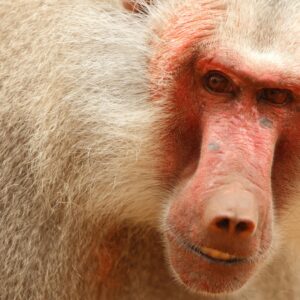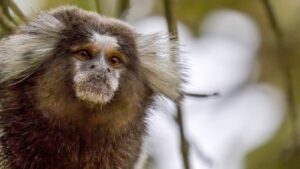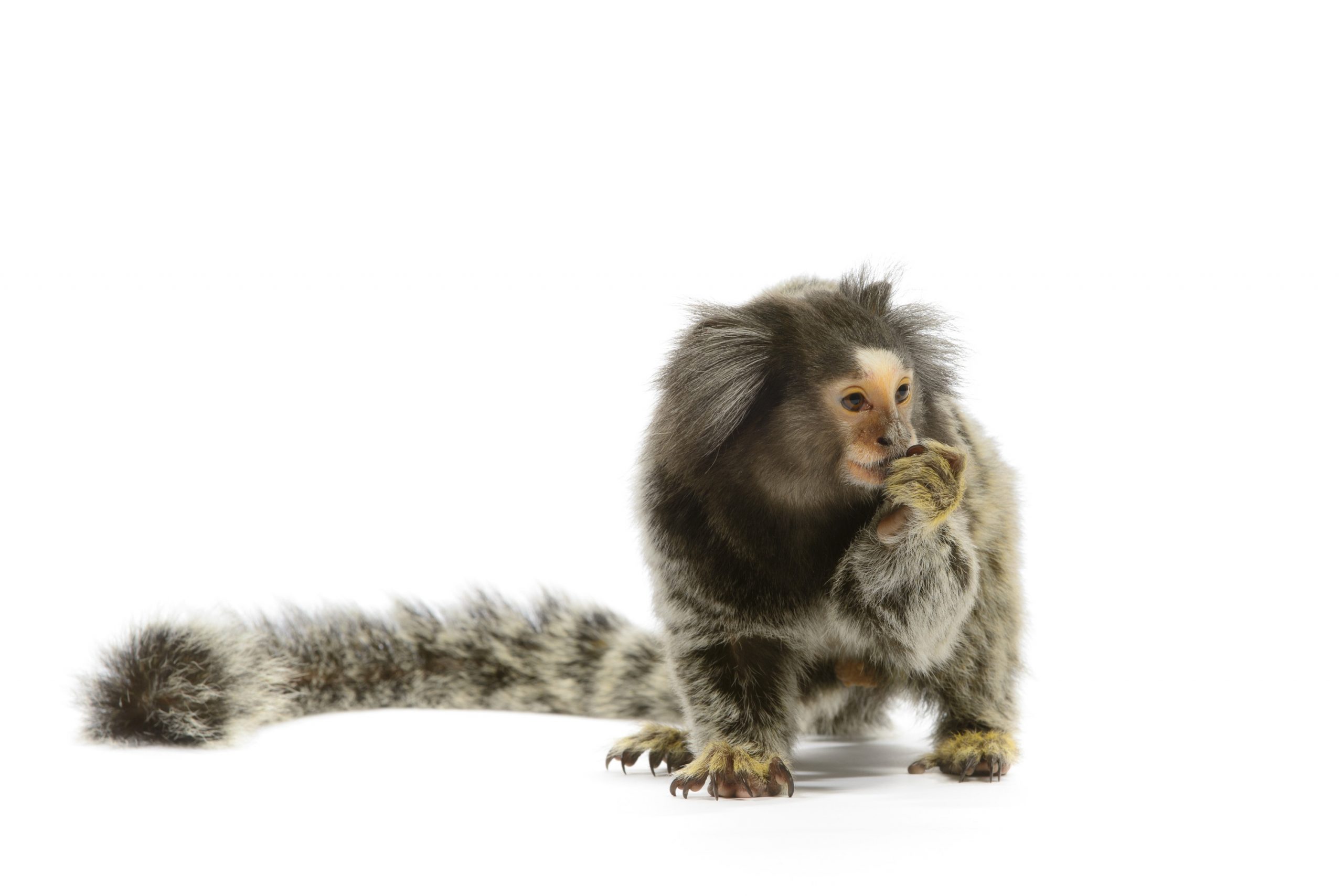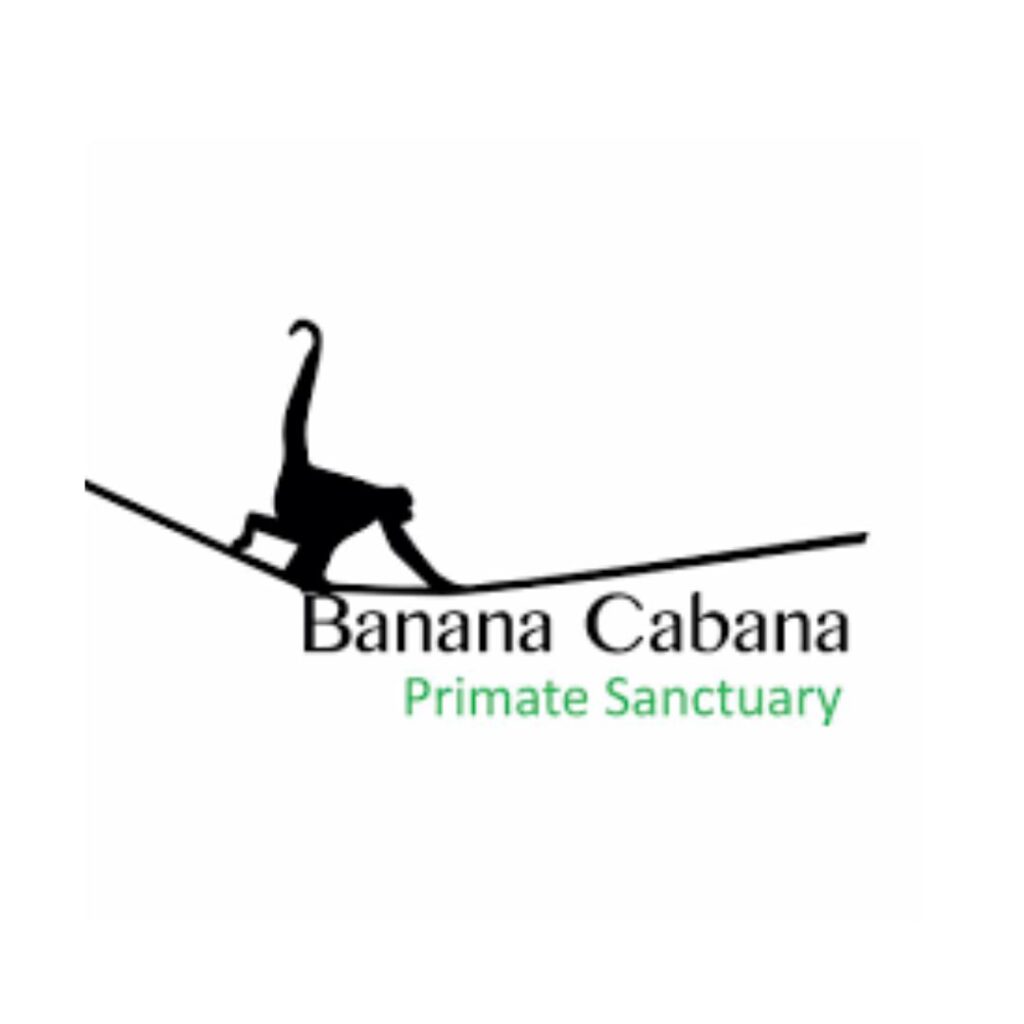
There are currently hundreds of primates in Australian laboratories. They live inside cages for decades until they die—either from old age, or as a result of the cruel experiments that they endure. They didn’t willingly sacrifice themselves for research.
Their lives meant something. They should be remembered.
Our ‘Honour Me With A Name’ campaign is a gesture of respect; naming these primates not only acknowledges their suffering, but also restores their dignity by remembering them as individuals who mattered, rather than anonymous test subjects.
To take part, simply choose the primate you want to name (the stories presented are real, documented experiences) and select your package amount. Funds go toward fighting vital advocacy to end primate experiments in Australia.
Choose a Primate
Although animal technicians and researchers may give names to select primates, most of them remain nameless throughout their lives, known only by an ID number. By giving them a name. you honour them as individuals, giving them the dignity and respect they lacked throughout their incarceration.
Below are real primate stories, taken from documented experiences that we have compiled from published studies and Freedom of Information requests.

I was an elderly female marmoset and was used in an experiment that compared my ageing body to those of younger primates. Why, after 14 years in a lab could I not be rehomed to a sanctuary?

I was a baboon put on a high salt diet to study salt sensitivity in my baby boy.

I don’t know if I was ever given name by researchers. I wasn’t given an identification in the research publication. All I know is that I had a stroke induced and then following the loss of my eye muscles and muscular reflexes, I was decapitated.
Choose a package amount
Bronze
($250)
Receive a personalised printed certificate, a ‘Maurice Monkey’ plush toy and an optional social media shout out.
Silver
($500)
Receive a personalised printed certificate, a ‘Maurice Monkey’ plush toy, an optional social media shout out, a personalised poster with animal story, and a personal thank you on the website.
Gold
($750)
Receive a personalised printed certificate, a ‘Maurice Monkey’ plush toy, an optional social media shout out, a personalised poster with animal story, a personal thank you on the website, an AFSA ‘marmoset’ t-shirt and a behind-the-scenes tour of Banana Cabana primate sanctuary in Sydney (tour only, travel not included).
Diamond
(min. $1500)
Receive a personalised printed certificate, a ‘Maurice Monkey’ plush toy, an optional social media shout out, a personalised poster with animal story, a presentation to your company team, your logo featured on the website (subject to approval), and a behind-the-scenes tour of Banana Cabana primate sanctuary in Sydney (tour only, travel not included).
What we know about primate research
Despite efforts to make their cages more comfortable – all primates will live out their lives in unnatural conditions, usually separated from their familial group or mother from a young age. The majority will endure painful procedures, often repeatedly, over many years. Then they are killed. No primates (as far as we are aware) are relocated to an animal sanctuary following their use in experimentation.
There are many challenges to knowing exactly how many small primates are being used currently in Australian research. This is due to a lack of transparency. But we do know this:
- Macaques are kept in lab cages millions of times smaller than their natural home range.
Source: Lahvis GP. Unbridle biomedical research from the laboratory cage. Elife. 2017;6:e27438. Published 2017 Jun 29. doi:10.7554/eLife.27438 - There are three primate breeding facilities in Australia where macaques, marmosets and baboons are bred.
- Images of the cages and conditions in which marmosets and macaques are kept at the Gippsland facility can be found here.
- Primates are used in neurology, HIV, diabetes and vision research. Much of this is NHMRC funded. Tell the NHMRC you DO NOT WANT to fund primate research.
- Hundreds of primates have come from these facilities and have been used in Australian research over decades.
- 109,581 people signed a petition in 2022 calling for a ban on primate experimentation. This was tabled in the Australian Senate.
Primate Case Studies
Silver and Gold Donors
Camille Elmir
Catherine Healy-Varley
Edwina Wrobel
Ellie Robertson
Fiona Connolly
Gayle Williams
Georgia Blomberg
Harbinda Roberts
Joan’s Ark
Joeanne Katsikaros
Lucinda, Harry, and Chloe
Melinda Kinnane
Morna McIlraith
Naomi Mayeux
Ronald ‘Ronnie’ Stenner
Susan Sorenson
Tara Reid




